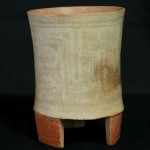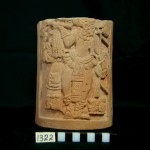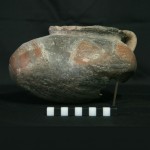Ceramic Summer 2015
Reflections on Summer Research with MayaCityBuilder
Stephanie Sterling
This past summer I had the opportunity to work with my mentor, Dr. Heather Richards-Rissetto and ceramic specialist, Dr. René Viel at the Mayan Site of Copan–an UNESCO World Heritage Site in Honduras. With support from the Don Burgess Anthropology Student Support Fund and a UNL Undergraduate Creative Activity and Research Experience (UCARE) grant, I spent three weeks at the Centro Regional de Investigaciones Arqueológicos (CRIA) with Dr. Richards-Rissetto and Dr. Viel re-analyzing a subset of ceramic sherds from particular sites outside of the main ceremonial complex. By examining ceramic remains from sites across the valley, we expected to see a more realistic representation of any shift that may have occurred prior to the collapse in the Late Classic period.
- Access legacy data
- Conduct physical ceramic analysis
- Use photogrammetry as a means of documentation
- Compare various data within Geographic Information Systems
- Paste type and density
- Surface decoration
- Rim thickness and shape
- Weight
- Texture
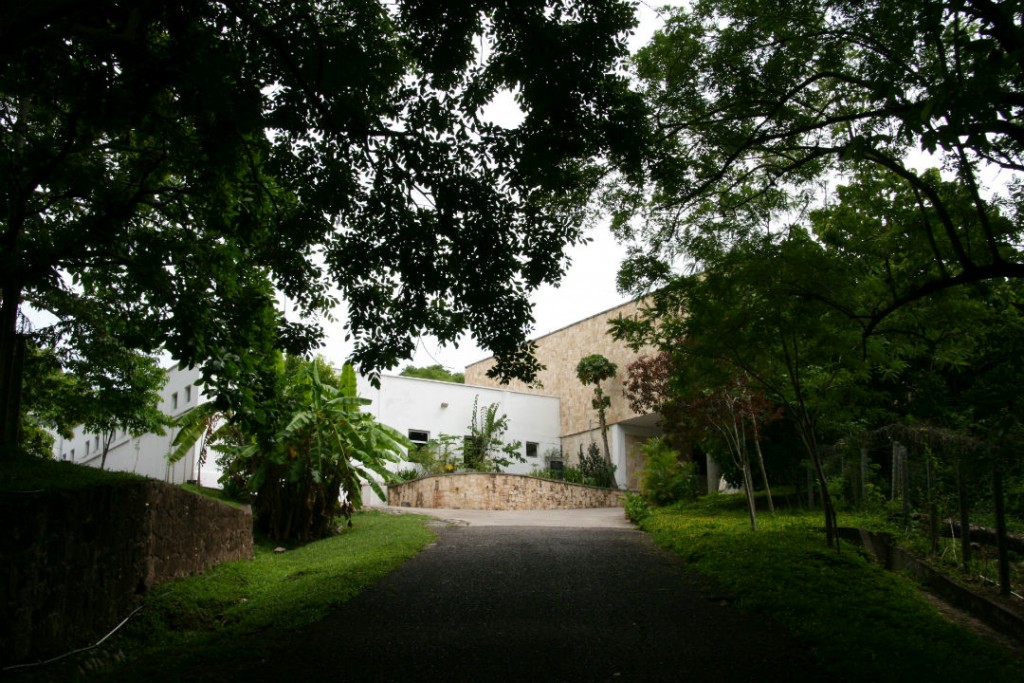 Walking up to the entrance of the Centro Regional de Investigaciones Arqueológicos
Walking up to the entrance of the Centro Regional de Investigaciones Arqueológicos
- We took a comprehensive approach to the research, combining four different methods and using innovative digital technologies to supplement the legacy data:
Each method of data collection played an important role in building on the current body of research and establishing a strong foundation of new, digital research. Primary phases of ceramic styles include Uir, Chabij, Bijac, Acbi, and Coner. By examining the styles from each period and identifying the diagnostic details, we can attempt to track any patterns that may arise. Linking these physical changes in pottery through time, to their provenience in ArcGIS, will give us a visual representation of shifts occurring across the valley.
The works of Dr. Cassandra Bill, Dr. William L. Fash, Sheree Lane, and Dr. Rene Viel were the main sources of legacy data used. In looking at all of the data provided by these sources, we were able to identify a subset of diagnostic sherds and were able to determine the important details to be aware of when examining the sherds. Identifying factors were:
A major part of our process incorporated digital technologies. We relied heavily on 3D photogrammetric technology to test a new method of documentation, as well as to have the opportunity to study these artifacts back in Nebraska. Additionally, it was important to us to be able to disseminate information to other scholars and the public in an interactive manner. One example of this type of technology is Augment, which allows users to handle 3D models through their mobile devices. Follow the instructions to the right to experiment with this program.
While the photogrammetry came in handy for vessels and sherds we were unable to bring back, we were able to return to the United States with eight sherds. Our plans are to put them through optically-stimulated luminescence (OSL) dating. If this sample group is successfully dated, the project plans to bring more samples back to be dated in the same manner.
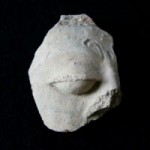
This ceramic sherd is called Sepultura Unslipped, Cabeza. It belongs to the Late Coner phase and is easily identifiable due to the anthropomorphic features sculpted into the vessel.
1. Download Augment on your mobile device.
2. Click “Scan.”
3. Aim the viewfinder at the image above.
4. At the bottom, click “3D View” (you may have to scroll horizontally).
5. Interact!
Please keep in mind that the model being represented is in the early stages of being cleaned. Once all of the photos are entered into the software and the model has been constructed, there might be pieces of the teal platform we used and the clay stabilizer visible. Keep checking back for updated finished models!

